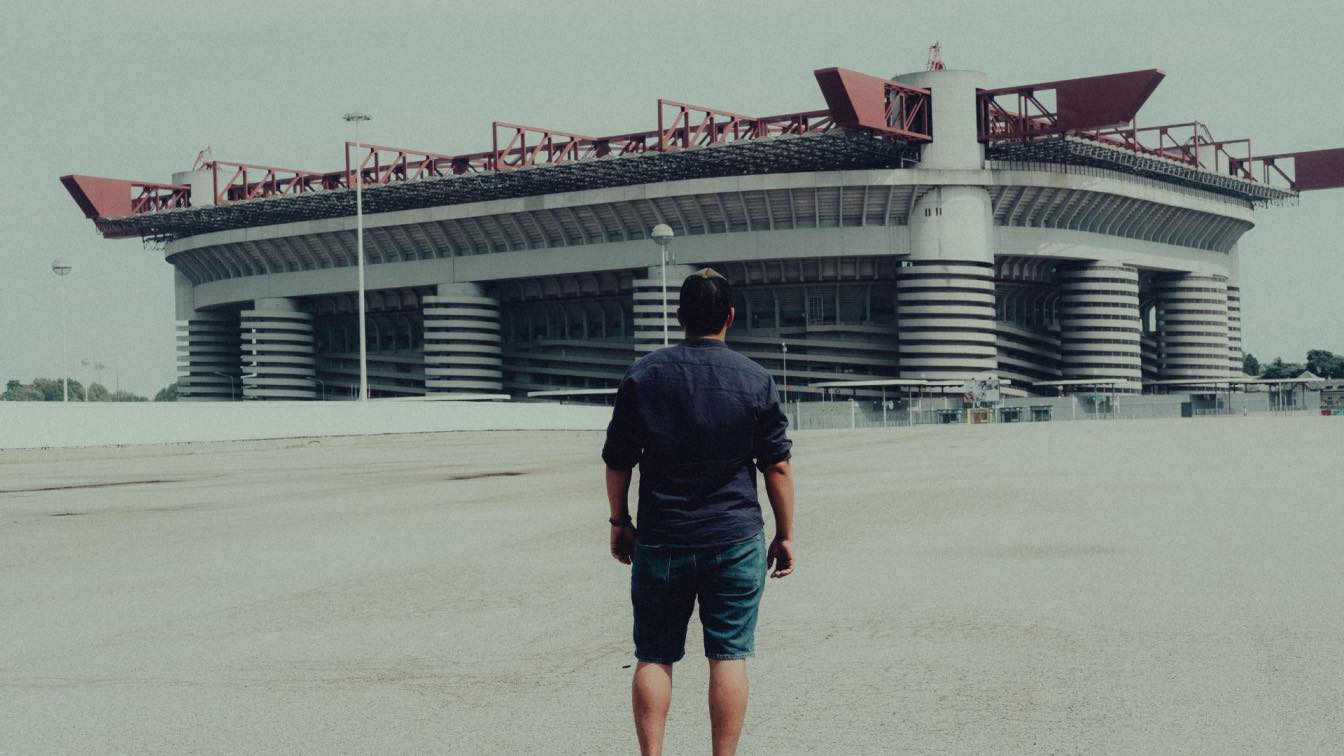Soccer is the most popular sport worldwide, attracting millions weekly to major stadiums. Followers of the beautiful game fill iconic venues like Old Trafford, the Camp Nou, and San Siro on game days to watch their favorites in action, creating a unique atmosphere while cheering a team to victory. Those who can't make it to the stadium or miss out on a ticket watch from home on television or the best live-streaming apps available at vegasbetting.com.
The FIFA World Cup final in Qatar attracted 26 million viewers on TV and streaming, with the United Kingdom's 22 million viewers. Soccer is the sport of choice in Europe and South America, but attitudes are changing in the USA. The United States, Canada, and Mexico will host the World Cup 2026, bringing international soccer to a new audience. If Team USA can replicate the success of the women's side, we're in for a rollercoaster ride. But there's much work to do before game one of We Are 26.
Soccer's increasing popularity and continued growth are nothing new to lifelong fans. The game is captivating, bringing together people from all walks of life in a shared love of soccer and professional sport. From the English Premier League's next Manchester derby to the El Classico in Spain and the Old Firm derby in Scotland, soccer's top fixtures are unpredictable, dramatic, and emotional.
More than meets the eye
If you're not big on soccer, you may wonder what all the fuss is about. What attracts millions of people from all nationalities to stand shoulder to shoulder in support of their club? On paper, following soccer near and far doesn't make much sense, but to its avid followers, it's an art, and for those closest to the sport, it can feel more like a religion. It's something you must sample yourself to understand fully.
There's more going on than meets the eye. A day supporting a soccer team is far more interesting than watching a group of players chase an inflated leather ball around a grass field. It's the atmosphere, the camaraderie with other supporters, the food, beverages, travel, and more. Soccer has something for everyone, and since the sport has embraced technology, it has reached millions more and created many talking points.
Watching a soccer game is one of many reasons to visit a major stadium. The top arenas have museums, shops, betting centers, tours, cafes, and other attractions. Some international fans and students even visit for the interesting architecture. Many stadiums are purpose-built and bland, but the top clubs like to show their history and flex their financial muscle with a show-stopping arena to call home.
Visit on game day to cheer a result or on a quiet afternoon to take a stadium tour and enjoy a behind-the-scenes look. Touring the stadiums covered on this page will help pass a few hours if you're interested in sports and share our passion for architecture. Take your camera and notepad, pack a water bottle, and visit any major soccer stadium featured on this page. We promise you will be satisfied.
Ibrox, Glasgow
Ibrox Park opened in 1899 and underwent two significant upgrades in 1902 and 1928. The iconic main stand is listed, with its striking red sandstone facade and winding staircase. The record attendance at Ibrox was shy of 120,000 against Celtic in a 1939 Old Firm Derby.
Today's stadium capacity is 50,817 all-seated, and the venue is full for most games, especially in Europe, the later stages of the League and Scottish Cups. Ibrox also hosts Scotland games when nearby Hampden is unavailable and concerts.
San Siro, Milan
The Milan derby involving Inter and AC is one of the most famous derbies in world soccer, but the teams share a home. Inter Milan and AC Milan ground share, meaning there's often at least one game at this venue each week.
The Art Deco stadium combines many forms of architecture to create a truly unique venue. It sounds messy on paper, but the San Siro tops most polls as the best soccer stadium in Europe. Serie A, Champions League, Coppa Italia, and international games are at the San Siro.
Signal Iduna Park, Dortmund
The most famous stadium in Germany is home to Borussia Dortmund and holds up to 81,365 for domestic games and 66,099 for international matches. A visually stunning stadium, this arena will impress you from the approach to taking your seat.
Signal Iduna has the largest standing terrace in European football, the Yellow Wall. That's where the home fans gather to cheer on their team, creating a stunning backdrop and atmosphere for Bundesliga and European ties. Plan well in advance, and getting tickets to this stadium's game isn't difficult.
Tottenham Hotspur Stadium, London
We move on to the newest stadium on our list, found in North London. Tottenham Hotspur moved from White Hart Lane to the stunning Tottenham Hotspur Stadium in 2019 for £1 billion. It was an expensive purchase but Spurs more than got their money's worth.
The Tottenham Hotspur Stadium is an asymmetric bowl that expands the size of rooms available to hospitality customers, strengthening the owner's earning power. The venue has a 62,850 capacity, making it smaller than nearby Wembley Stadium, but it's often chosen over England's ground for events like concerts, the NFL, and boxing.
Former world heavyweight champion Anthony Joshua recently lost his title to current ruler Oleksandr Usyk.
Stade Velodrome, Marseille
One of the most exciting designs at a European soccer stadium is the Stade Velodrome, home to French Ligue 1 side Marseille. The arena was built initially to host cycling events for the Olympic Games and other international meets.
The stadium has been renovated and upgraded to meet the demands of its new owner and host soccer games. But its history is apparent thanks to the peculiar roof. A wavy oval in the shape of a cycling track keeps spectators dry and protected from the elements. Every seat in the house is a good one.





